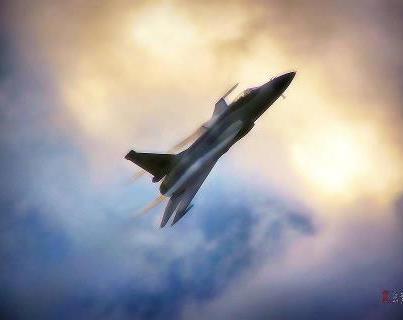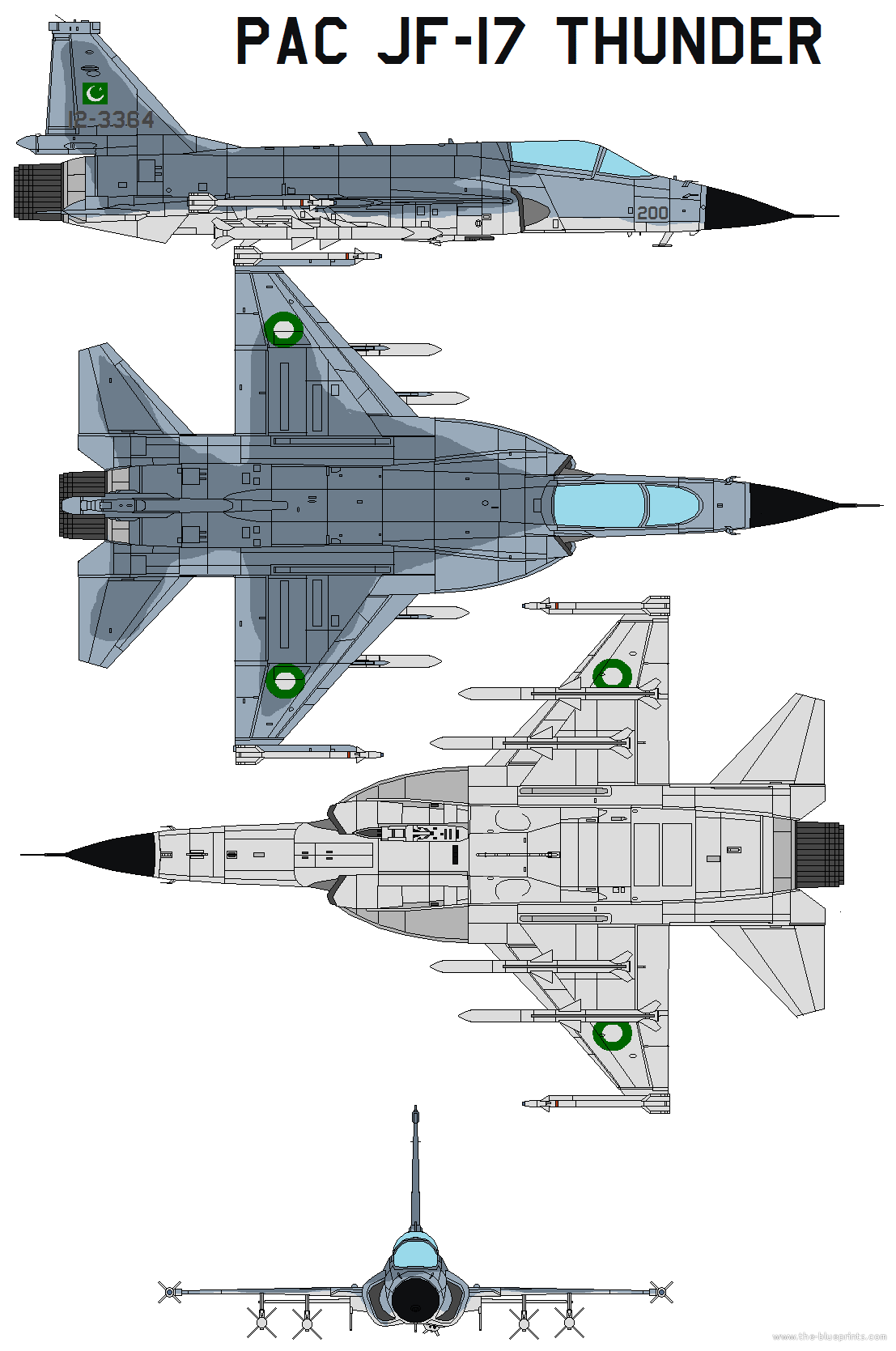The atmosphere in the Dubai air show briefing room in November 2011 was electric. Journalists occupied every seat and photographers squeezed into the back of the room. Also present were a dozen senior Pakistan air force officials, who were forced to stand along one wall, as well as several Chinese executives in business suits.
 The occasion was a briefing about the Chengdu/Pakistan Aeronautical Complex JF-17 Thunder fighter.
The occasion was a briefing about the Chengdu/Pakistan Aeronautical Complex JF-17 Thunder fighter.
Yang Wei, the designer of the JF-17, Chengdu J-10 and China’s stealthy J-20, gave a presentation about the JF-17’s features and capabilities.
The head of the Pakistan air force used warm words about the aircraft, and commended the close relationship between Islamabad and Beijing.
The good turnout reflected the defence media’s love affair with the JF-17 as the successor to cheap, value-for-money Cold War fighters such as the Northrop F-5 and Mikoyan MiG-21.
|
Female pilots of Pakistan Air Force.

|
|---|
|
Sharpshot gallery on AirSpace The Pakistani air force is the first customer for the JF-17-17 in China’s future export efforts cannot be disputed – Pakistani officials take pains to stress the joint nature of the programme – Beijing is quietly trying to sell small numbers of different types of aircraft, including advanced jet trainers, utility helicopters and transport aircraft. |
T
|
Billypix Chengdu J-10 |
“The Chinese have had considerable success penetrating the less expensive end of the market, especially countries that have been isolated from other suppliers by political considerations,” says Stu Slade, Far East editor at research firm Forecast International. “They have also established a secure position as an aircraft supplier to cash-strapped users. Their position has been limited by the ageing technical standards of the aircraft they have been willing to export. They are still perceived as being the supplier of 1950s knock-offs, even though that has not been true for a decade or more.”
CATIC, in close cooperation with its Pakistani colleagues, appears determined to secure the “breakthrough” that Wezeman speaks of. It has told Flightglobal of its hopes of selling 300 JF-17s over the next five years. So far, only Pakistan has ordered the type, with firm orders for 150 examples, although it has said it could eventually buy up to 200. CATIC says key markets for the jet include Asia, the Middle East, Africa and Latin America.
“CATIC sales and customer support teams are highly motivated and CATIC is looking forward to making the upcoming years fantastic for the JF-17 and its users,” says Zeng.
An industry source in Pakistan who is familiar with the JF-17 programme says joint Chinese/Pakistan sales efforts have made “considerable progress” following the type’s appearance at Dubai.
Joint marketing efforts at air shows are increasingly reminiscent of those mounted by major Western players such as Boeing, Eurofighter and Lockheed Martin. In addition to detailed briefings, in English, about the aircraft and its capabilities, CATIC and Pakistani officials are happy to give journalists one-to-one interviews. They will also discuss the aircraft over the phone and reply to email queries.
The theme of JF-17 marketing efforts is summed up by a keychain the Pakistan air force delegation passed out to visitors at 2010’s Zhuhai air show in China. This lists five selling points: affordable, survivable, flexible, supportable, lethal.
“The focus is on capability at affordable cost,” says the source in Pakistan. “Support is assured, the cost is affordable, and there are no embargoes on our side. We have a forum with China to discuss how we construct the sales teams that go into specific countries. We are comfortable partners.”
RESPECTABLE ARRAY
Although it is easy to dismiss the JF-17’s capabilities vis-à-vis those offered by more advanced Western types, let alone state-of-the-art aircraft such as the Lockheed F-35 or F-22, on paper it offers a respectable array of systems and capabilities that became common only in Western aircraft in the 1990s. The aircraft can carry a maximum external stores load of 3,600kg (7,930lb), including short- and beyond-visual-range air-to-air missiles. Other weapons and sensors can include the LT-2 laser-guided bomb and WMD-7 day/night laser designation pod, C802A anti-ship missiles and the KG300G SPJ airborne self-protection jamming pod.
“An increasing number of developing countries are likely to welcome the promise of decent-quality Chinese military aircraft at competitive prices,” says Andrew Erickson, associate professor in the Strategic Research Department at the US Naval War College.
“Beijing appears willing to offer creative financing and training and other support packages that more established aircraft producers may not offer. Faced with a choice between fewer or no military aircraft and Chinese versions, growing numbers of countries in Africa, the Middle East and Latin America are likely to consider the China option,” he says.
In addition, CATIC and Pakistan both appear to be aware of the crucial issue of through-life support for their products. Historically, a major criticism of Russian aircraft is the lack of spares and delays in conducting major repairs. One former Royal Malaysian Air Force logistics officer told Flightglobal at 2011’s LIMA air show in Langkawi that it could take one year for a MiG-29 engine to be repaired if were sent back to Russia, adding: “The MiGs are a maintenance nightmare.”
China, clearly, sees after-sales support as an important differentiation point.
“CATIC offers high-quality life-span integrated support through its global network for all customers on a continuous basis, including spare parts supply, warranty services, field services, technical training, overhaul and repair, modification and upgrade, engineering consulting, technical documentation management and claims management,” it says.
In a worst-case scenario, [customers] must worry not only about maintaining good relations with China, but also with Russia. This substantially reduces China’s independent leverage in the lucrative and strategically potent area of military aircraft sales, which competitors are loath to cede to China,” says Erickson. He believes China will find it particularly challenging to make headway in Russia’s “near abroad” of former Soviet republics, with Moscow using its political clout in the region to ensure sales for Russian airframers.
However, SIPRI’s Wezeman notes that potential customers for the type tend to have good relations with both China and Russia.
China is also marketing the Hongdu L-15 lead-in fighter trainer and Guizhou FTC-2000 advanced jet trainer. The L-15 is powered by two Ivchenko Progress Al-222K-25F engines, and the FTC-2000 by a single Chinese-developed powerplant, the Guizhou Liyang WP-13F.
CATIC says six countries have tested the L-15, which it expects to be “exported very soon”. Both aircraft types can be purchased with a basic combat capability, offering a degree of flexibility to air forces with limited budgets.
The key, then, is for China – with strong Pakistani support – to secure that first major overseas deal for the JF-17. The goal of selling 300 within five years may seem fantastic, but Beijing and Islamabad are determined.

.jpg)





